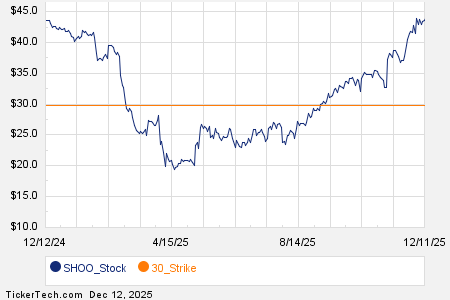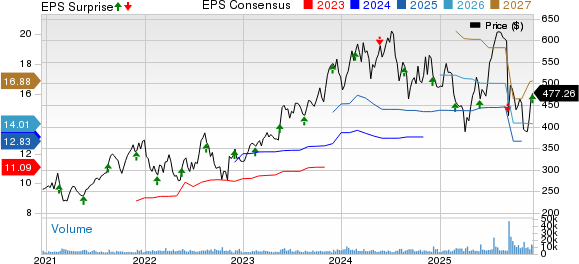Having over six years of traceability experience with companies like Google, Minsur, LuNa Smelter, and others, Minespider introduced its own Diamond Passport in March this year. The Diamond Passport contains all key information about the diamond, including its provenance data, the diamond’s unique DNA, such as size, shape, color, carat, clarity, cut, and specific inclusions (natural flaws or imperfections), certificates from gemological laboratories and other documentation about the diamond.
Star Diamond is striving to ensure that diamond mining in Saskatchewan is conducted responsibly, with a focus on improving environmental performance and accompanied by strong social performance.
President and CEO Ewan Mason said Star Diamond is excited to partner with Minespider. “It is our aim to provide wholesalers/retailers and end purchasers with a complete provenance report on all of our gem-quality Kīwētin branded diamonds. This will ensure that end purchasers may rest assured that the diamond they purchase is conflict-free and ethically produced in Canada.”
Star Diamond is advancing its Star-Orion South project near Fort a la Corne, 60 km east of Prince Albert, Sask. The company recently issued about 108 million shares to Rio Tinto to acquire the larger company’s 75% interest in the project. Star Diamond now owns 100%, and Rio Tinto holds a 19.9% interest in Star Diamond.
The Star-Orion South project received both the provincial (2018) and federal (2014) environmental approvals for the project. A preliminary economic assessment that estimated 66 million carats of diamonds could be recovered over a 38-year mine life, was completed in 2018. The gems will be sold under trademark “Kīwētin,” pronounced “kee-way-tin,” meaning north wind in the Cree language. This year, Star has begun considering the potential of kimberlite to be used as a carbon capture medium.








